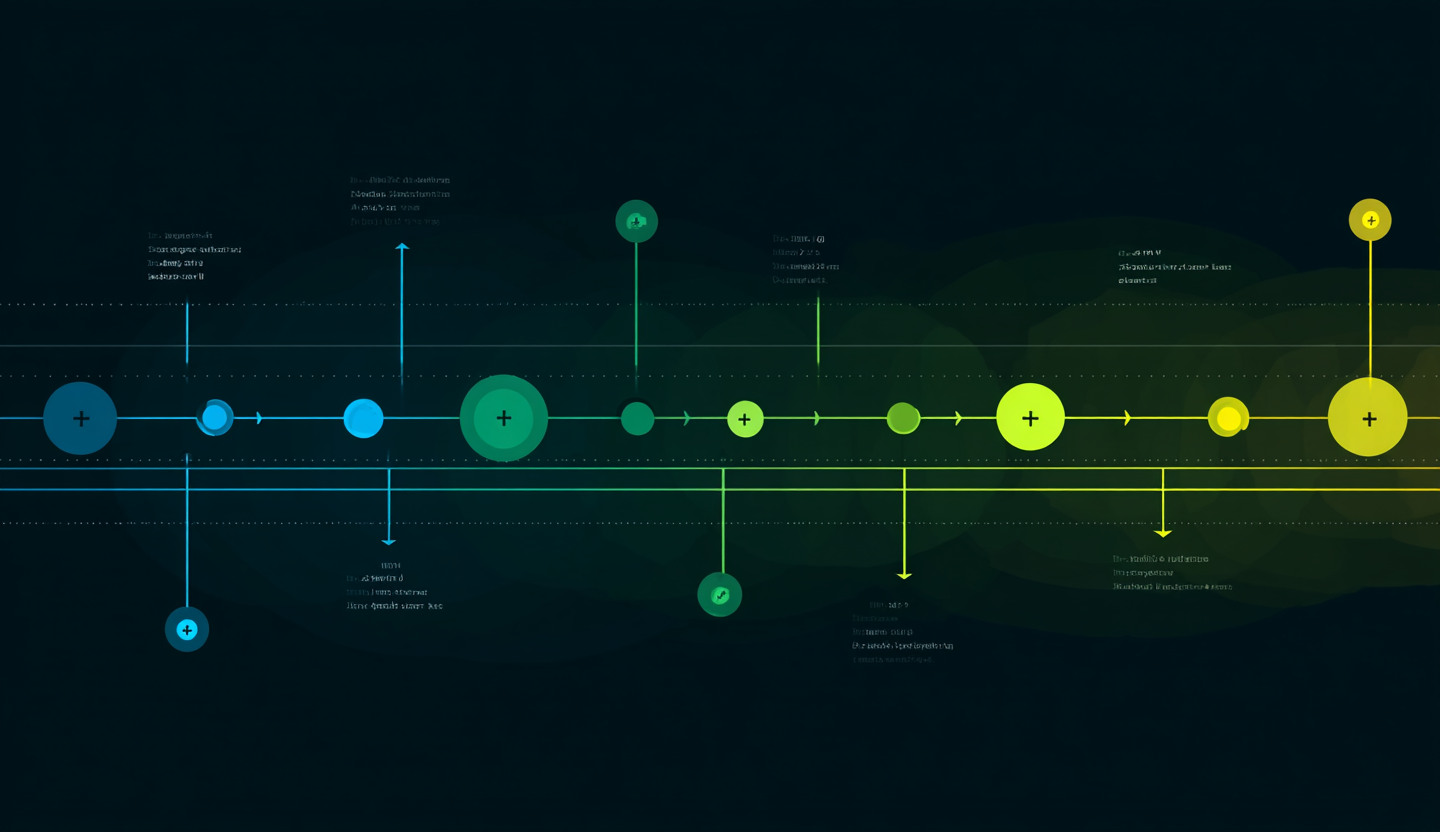Master Plan by Dan Hollings – October 22, 2025
EXECUTIVE SUMMARY
This webinar presents an automated cryptocurrency trading program called “Master Plan” that combines multiple bot-based investment strategies to generate passive income. The core value proposition centers on replacing underperforming traditional investments (4% annual returns decimated by inflation) with algorithmic crypto trading strategies that claim to deliver 30%+ annual returns through daily compounding.
Core Promise: $100,000 invested at 4% annually yields essentially zero real purchasing power gain after 20 years due to inflation and taxes. The Master Plan claims to achieve this through three main automated strategies deployed simultaneously.
Key Marketing Claims:
- Daily returns of 0.11% or higher (30%+ annualized)
- Profits in bull, bear, and sideways markets
- Fully automated—no daily management required
- 700+ members already enrolled
- 92% implement successfully with coaching
- Members profited during recent market crash
Pricing: $49.97 one-time OR three payments of $19.97/month Includes: 90 days of guided coaching, lifetime strategy access, personal mentoring
Disclaimer
This article is for informational purposes only and is not intended as financial advice.









